Hi GPODers!
While we see a great array of gardens here at GPOD, I know most members of this community are silent participants that choose not to share their own gardens and experiences. And that’s totally fine! There is never any requirement or expectation to contribute. However, it’s always a thrill to hear from a long-time GPODer who has decided to finally submit their garden photos. This was exactly the case of Cleo Raulerson, an accomplished gardener in Bellevue, Washington.
Learn more: Northwest October Garden To-Do List
I have read GPOD since Fine Gardening first started doing it. I have opened my garden for 10 years as part of the Northwest Perennial Alliance Open Gardens program and regularly give talks on Gardening for Year-Round Color. I am a King County Master Gardener and have volunteered in multiple roles for the Bellevue Botanical Garden.
My autumn garden reflects the recent movement for more naturalistic gardens that support the pollinators and garden critters. There are late-blooming flowers, leaf turn, seedheads, drying stems, and leaves on the ground. I leave as much as possible until spring clean-up. The photos are a tour of the back garden around the water feature in late October.
My exuberant, colorful garden is designed so that something is in bloom very day of the year. I have about 750 varieties in my Bellevue, Washington garden. I love the spontaneity of self-seeding plants, then thin them to create pleasing compositions. Whimsical garden art is tucked in throughout. I have gardened here for 35 years but make changes every year.
To set the stage, this is my back garden in the depths of a winter snow and in peak summer bloom a few years ago.
 This is the late October view from our deck and living room window which look down on this corner of the garden. Red-leaved plants from front to left to top right: Virginia sweetspire (Itea virginica ‘Henry’s Garnet’, Zones 5–9), young paperbark maple (Acer griseum, Zones 4–8), young doublefile viburnum (Viburnum plicatum tomentosum ‘Mariesii’, Zones 5–8), and spring spiketails (Stachyurus praecox, Zones 6–8).
This is the late October view from our deck and living room window which look down on this corner of the garden. Red-leaved plants from front to left to top right: Virginia sweetspire (Itea virginica ‘Henry’s Garnet’, Zones 5–9), young paperbark maple (Acer griseum, Zones 4–8), young doublefile viburnum (Viburnum plicatum tomentosum ‘Mariesii’, Zones 5–8), and spring spiketails (Stachyurus praecox, Zones 6–8).
Focusing in on the waterfall with the metal jumping salmon. Grasses are: Variegated purple moor grass (Molinia caerulea ‘Variegata’, Zones 5–9).
This bed is along the back fence: The asters (Symphyotrichum novae-angliae ‘Purple Dome’, Zones 5–8) are just finishing their bloom. I like to use variegated October daphne (Sedum sieboldii ‘Mediovariegatum’, Zones 3–9) at the edge of my containers. I continue to enjoy the abelia (Abelia grandiflora, Zones 5–9) I planted in 1989.
Continuing along the back fence: Redvein enkianthus (Enkianthus campanulatus, Zones 4–7) in fall color, blue-grey Sawara cypress ‘Curly Tops’ (Chamaecyparis pisifera ‘Curly Tops’, Zones 4–8), narrowleaf English holly (Ilex aquifolium ‘Myrtifolia’, Zones 7–9), young paperbark maple (Acer griseum), young doublefile viburnum (Viburnum plicatum tomentosum ‘Mariesii’), Japanese aralia (Fatsia japonica, Zones 8–11), and mountain ash (Sorbus tianschanica ‘Red Cascade’, Zones 3–9).
Perennials and small flowering shrubs in Autumn around pond boulders in a newly renovated bed: Butterscotch bluestar (Amsonia hubrichtii ‘Butterscotch’, Zones 4–9), ‘Dark Beauty’ Scotch heather (Calluna vulgaris ‘Dark Beauty’, Zones 4–8), ‘Cheyenne Spirit’ coneflower (Echinacea ‘Cheyenne Spirit’, Zones 4–9), and sedum Autumn Joy (Hylotelephium ‘Herbstfreude’, Zones 3–11).
Under the mountain ash (Sorbus tianschanica ‘Red Cascade’): Witch alder (Fothergilla gardenii ‘Blue Mist’, Zones 5–9) just starting to turn red in front of Rhododendron ‘Cunningham’s White’ (Rhododendron x ‘Cunningham’s White’, Zones 5–8), next to blue false indigo (Baptisia australis, Zones 3–9), with red-leaf rose (Rosa glauca, Zones 2–8) and its red rose hips overhead.
Along the walkway from the water feature to the front garden illustrates how I layer my plants for interest throughout the year: multiple varieties of Scotch heather, purple barberry (Berberis thunbergii ‘Rose Glow’, Zones 4–8), my collection of hydrangeas with Hydrangea paniculata ‘Limelight’ (Zones 4–8) in the front right, and different groundcovers.
Toad lily (Tricyrtis formosana, Zones 6–9) in full bloom with ‘Gateway’ Joe Pye-weed (Eutrochium purpureum subsp. maculatum ‘Gateway’, Zones 5–11) stems peeking through.
Scarletta drooping laurel (Leucothoe fontanesiana ‘Zeblid’, Zones 5–8) in its red autumn glory.
The back garden in winter, still showing some color and winter interest while providing resting places for garden critters and pollinators to wait out the winter cold and wet.
Thank you for wading through the 500+ photos of your garden, Cleo, and sharing this stunning collection of autumn scenes. I sincerely hope this is not the only time we get to see your sensational designs!
If you’re like Cleo, and have been meaning to submit photos to GPOD for years now, please consider sharing some photos this fall. Whether it’s a look back on previous growing seasons or a deep-dive into what’s growing right now, we’d love to see more GPOD readers become contributors. Follow the directions below to contribute, or send me a DM on Instagram: @agirlherdogandtheroad
Have a garden you’d like to share?
Have photos to share? We’d love to see your garden, a particular collection of plants you love, or a wonderful garden you had the chance to visit!
To submit, send 5-10 photos to [email protected] along with some information about the plants in the pictures and where you took the photos. We’d love to hear where you are located, how long you’ve been gardening, successes you are proud of, failures you learned from, hopes for the future, favorite plants, or funny stories from your garden.
Have a mobile phone? Tag your photos on Facebook, Instagram or Twitter with #FineGardening!
Do you receive the GPOD by email yet? Sign up here.
Fine Gardening Recommended Products
Corona® Multi-Purpose Metal Mini Garden Shovel
Fine Gardening receives a commission for items purchased through links on this site, including Amazon Associates and other affiliate advertising programs.
Longer Service Life: The blade of this round small shovel is made of carbon steel, which can effectively improve the hardness by high temperature quenching, and the surface has anti-rust coating to avoid rusting. In the process of use when encountering hard objects will not bend and deformation.
Sturdy Structure: The small garden shovel with D-handle, ergonomically designed grip can increase the grip of the hand when using, the handle is made of strong fiberglass, will not bend and break under heavy pressure. Quick Digging: Well-made digging shovel has a sharp blade, and the round shovel head is designed to easily penetrate the soil and cut quickly while digging to enhance your work efficiency.
National Wildlife Federation®: Attracting Birds, Butterflies, and Other Backyard Wildlife, Expanded Second Edition (Creative Homeowner) 17 Projects & Step-by-Step Instructions to Give Back to Nature
Fine Gardening receives a commission for items purchased through links on this site, including Amazon Associates and other affiliate advertising programs.
From the National Wildlife Federation, the largest U.S. nonprofit conservation organization, with 6 million members and 51 state and territorial affiliated organizations. 17 step-by-step projects that everyone can do together make getting your family back to nature easy, educational, and fun. Over 200 color photos of backyard wildlife habitats and the wide variety of creatures they attract, plus step-by-step photos and illustrations for family projects. Learn wildlife-friendly practices for gardening, landscape design, supplemental feeders, birdbaths, nesting places, and more. Learn how to attract backyard pollinators, from bees and butterflies to beetles, bats, and hummingbirds
Get your garden certified by the National Wildlife Federation's Garden for Wildlife(TM) program by following the included certification application checklist.
Planting in a Post-Wild World: Designing Plant Communities for Resilient Landscapes
Fine Gardening receives a commission for items purchased through links on this site, including Amazon Associates and other affiliate advertising programs.
Featuring gorgeous photography and advice for landscapers, Planting in a Post-Wild World by Thomas Rainer and Claudia West is dedicated to the idea of a new nature—a hybrid of both the wild and the cultivated—that can nourish in our cities and suburbs.
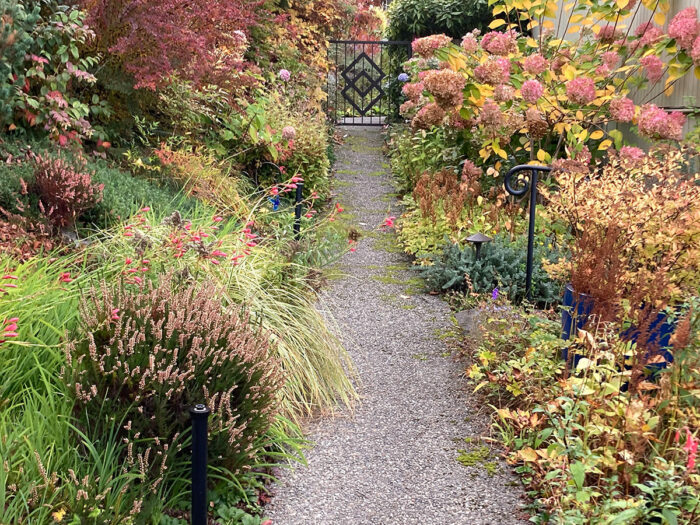


 This is the late October view from our deck and living room window which look down on this corner of the garden. Red-leaved plants from front to left to top right: Virginia sweetspire (Itea virginica ‘Henry’s Garnet’, Zones 5–9), young paperbark maple (Acer griseum, Zones 4–8), young doublefile viburnum (Viburnum plicatum tomentosum ‘Mariesii’, Zones 5–8), and spring spiketails (Stachyurus praecox, Zones 6–8).
This is the late October view from our deck and living room window which look down on this corner of the garden. Red-leaved plants from front to left to top right: Virginia sweetspire (Itea virginica ‘Henry’s Garnet’, Zones 5–9), young paperbark maple (Acer griseum, Zones 4–8), young doublefile viburnum (Viburnum plicatum tomentosum ‘Mariesii’, Zones 5–8), and spring spiketails (Stachyurus praecox, Zones 6–8).








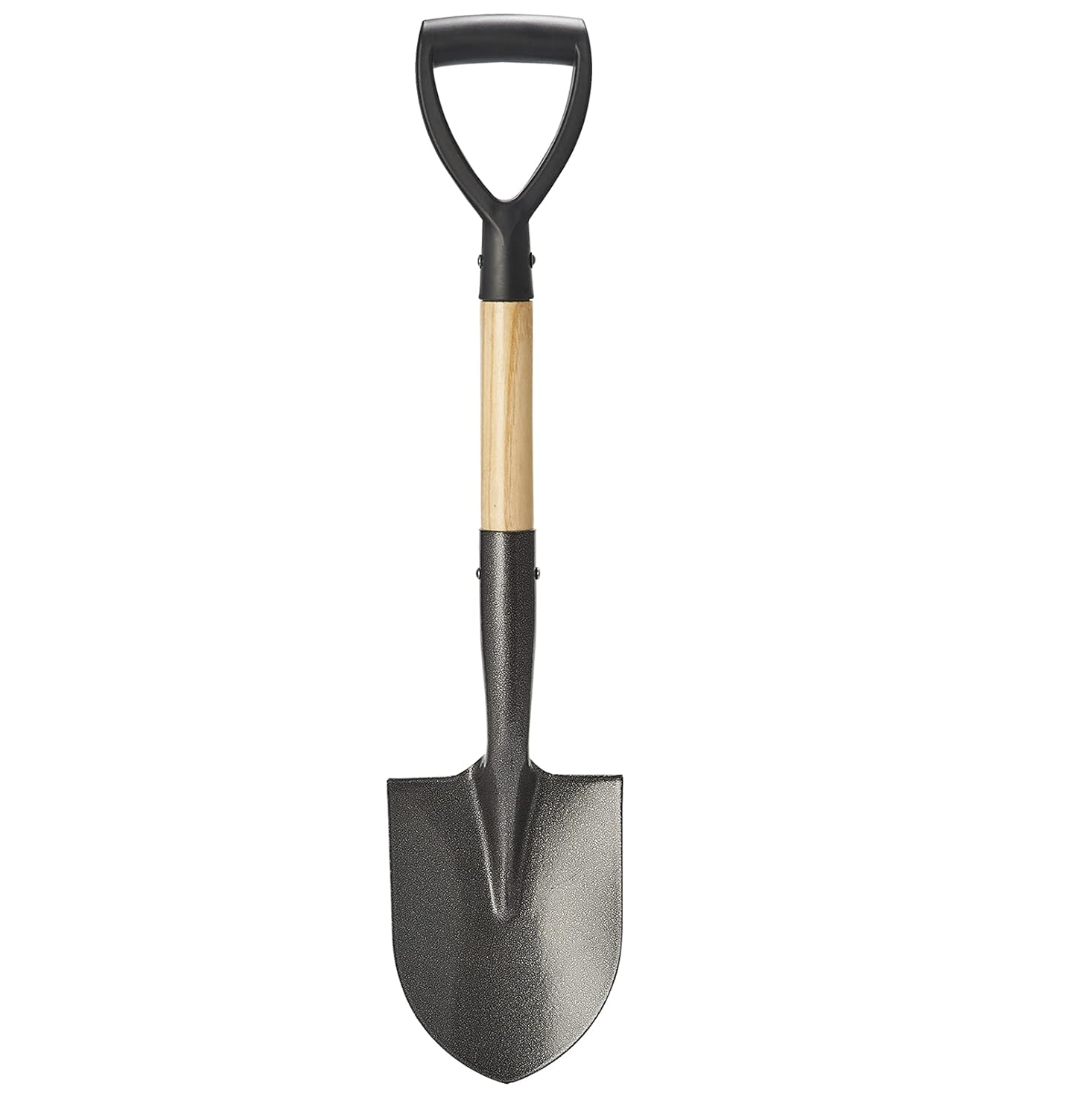
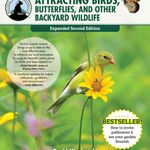
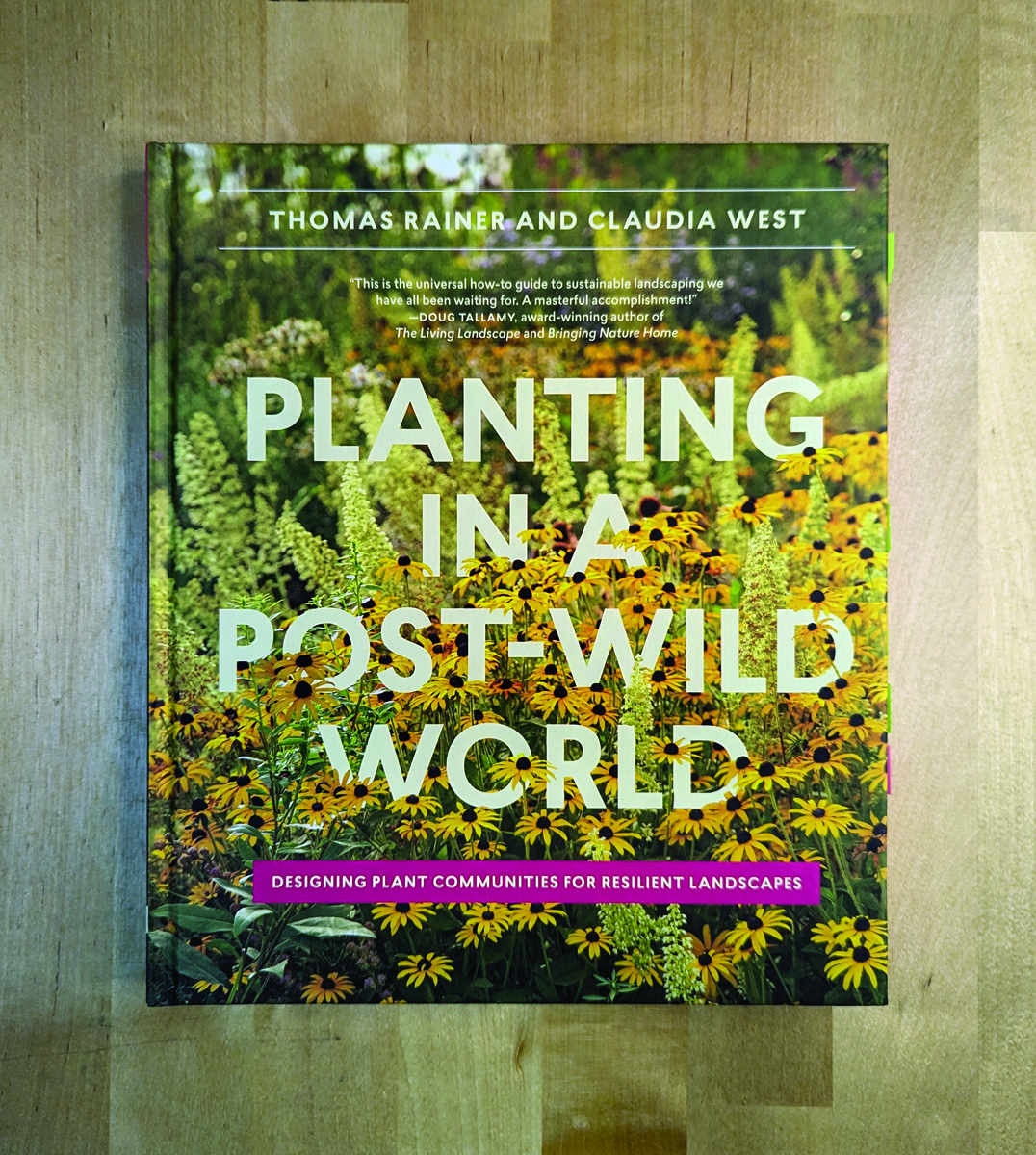





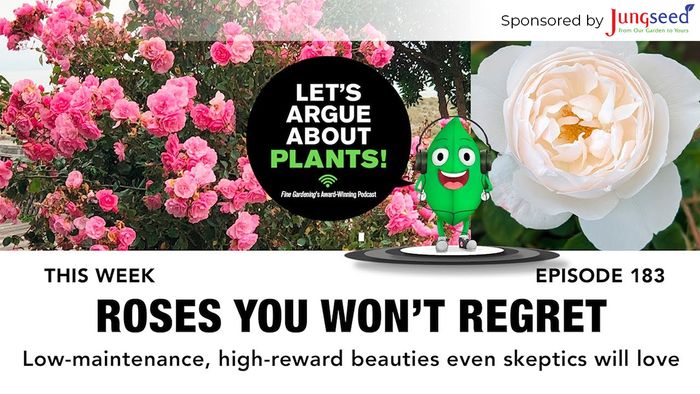









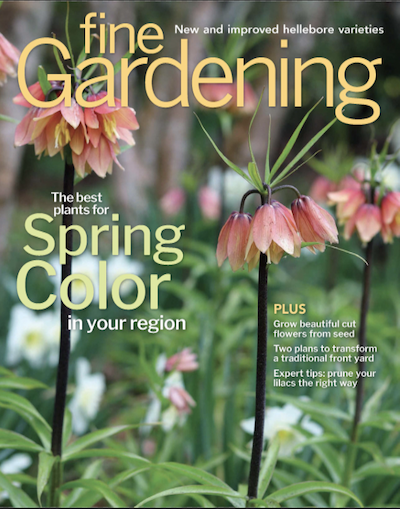


Comments
One word describes my thoughts after seeing this garden: “Spectacular!” Did I ever enjoy each and every picture and made copious notes. Thank you so much Cleo for this submission. As my mother used to say: “It did my heart good!”
What a lush and beautiful space you have created. Congratulations!
Thank you for sharing.
Cleo - I was really impressed with the wide views of your garden. I especially like how you acheived a repeating burgundy and dark rose color pattern for a stellar autumn look. Thank you for sharing.
Your garden is amazing and a treasure. I like your gardening style and enjoy my visits to your garden. Your strong organization skills of having plant names on a spreadsheet are also impressive in case you forgot a plant name. I like that our city has gardens and gardeners that make a difference in our community. More pictures please of your beautiful garden throughout the seasons.
Cleo, You and your amazing garden are always a delight. Thank you for sharing.
Chris
Nice garden. I am from the area. I live in Newcastle. Love the fall color in your garden.
Log in or create an account to post a comment.
Sign up Log in